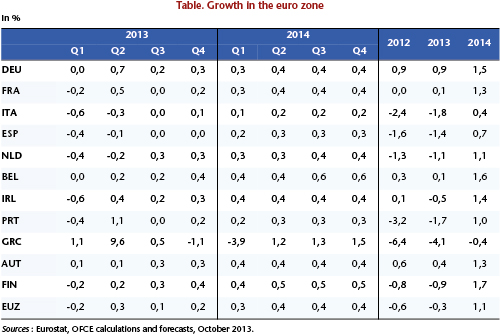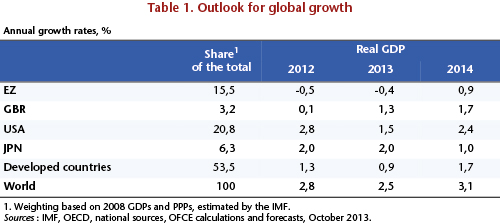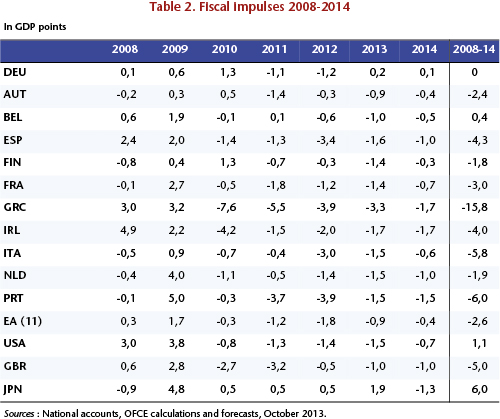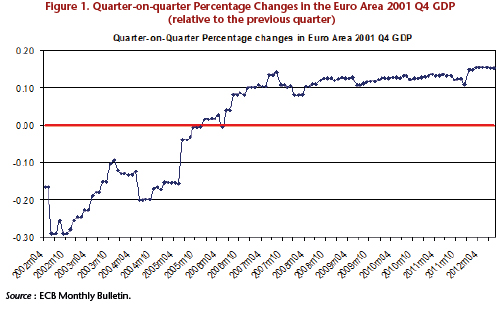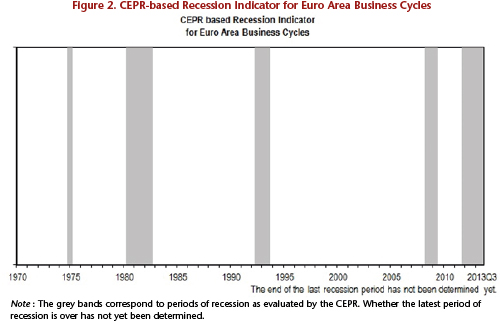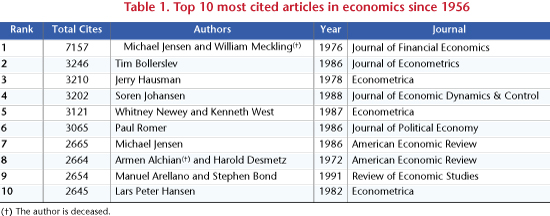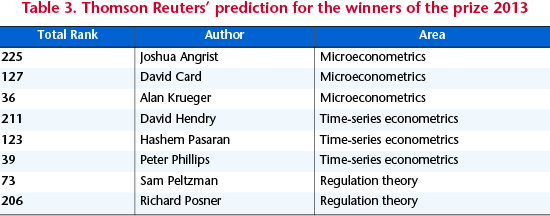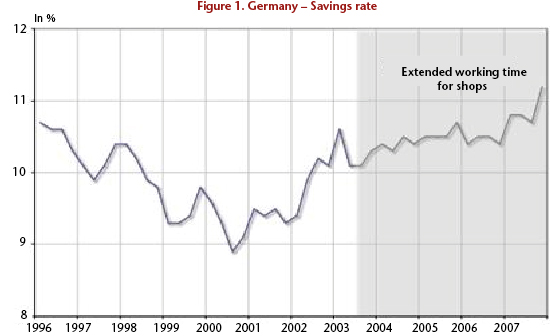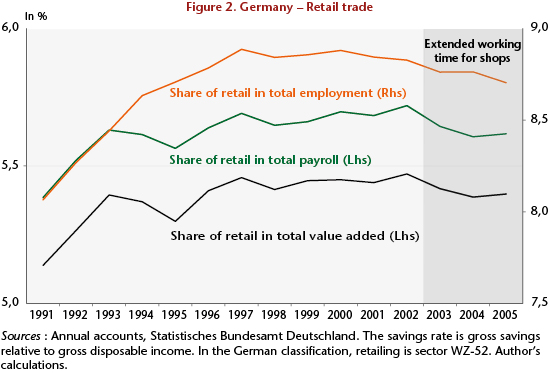The energy companies: Green is making them see red
By Sarah Guillou and Evens Salies [1]
Does the common energy market unduly favour renewable energy sources (“renewables”)? This is the opinion of the nine energy companies that appeared before the European Parliament in September. According to them, meeting the target of having 20% of final energy consumption in the EU come from renewable sources by 2020 would have a negative impact on the electric energy sector, and in particular could harm both the energy companies’ financial results and the security of the electricity supply. There is no denying that since the late 1990s the EU has conducted a very active policy promoting RES in this field. The European Commission (EC) has made numerous suggestions to the Member States about ways to meet the 20% target (see Directive 2009/28/EC), including guaranteed purchase prices for electricity produced from renewable energy sources, tax credits, etc. Moreover, in 2011 this set of measures has enabled the EU-27 to hit a level of 22% of electricity generated from renewables, hydroelectricity included (Eurelectric, 2012) [2].
How does this policy hurt the historical producers or threaten the security of the supply? Let’s look at a few stylized facts about the consumption and management of electricity production. Average consumption is lower at night (“base” period) than in the daytime when it experiences a peak or two (periods called “spikes”). As electricity is not storable, the least expensive way to meet the base-to-peak transition is to draw on power plants according to their “order of merit”. A producer using several sources of energy then calls on them in order from the least flexible (slow start-up, low marginal cost) to the most flexible (fast start-up, high marginal cost). In theory, the stack is/was: nuclear-coal for the base period, nuclear-coal-gas for the peak period [3]. It is during peak demand, when the wholesale price can soar, that producers earn the most money. The production of RES plants is in turn contingent on the vagaries of the weather (“intermittent”): these plants produce only when the associated primary resource (wind, sun, etc.) is sufficient; they are then prioritized for meeting electricity consumption.
The integration of RES into the generation fleet changes the merit order. The stack above becomes wind-nuclear-coal for the base, and wind-nuclear-coal-gas at peak, with wind substituting for some uranium, coal and gas. Given that for RES plants the marginal cost of production is close to zero, their integration in the energy mix, however minimal, reduces the average price on the wholesale markets. As a result, with the integration of RES, fossil fuel plants are less well paid. As for the RES plants, they always enjoy a guaranteed purchase price (in France, 8.2 c€/kWh for wind and between 8 and 32 c€/kWh for solar, etc.) [4]. The loss in earnings is greatest during periods of peak demand. Producers have less incentive to invest in the construction of fossil fuel power plants, whose output is nevertheless needed during these periods. Hence the risk to the security of supply: with the gap between available capacity and peak demand potentially reduced, there is a greater risk that the real gap between output and consumption becomes negative.
One possible solution is the creation of a “market for capacity”. In this market, making the output capacity of a power plant available well in advance would be remunerated, even if there is no actual output. The nine energy companies considered this kind of market as interesting, insofar as they are equipped with gas power plants and / or are sellers of gas, which is what is demanded in peak periods. In France, the NOME Law of 2010 provides for the establishment of such a market at the end of 2015.
It is also worth noting that since a substantial share of fossil fuel plants are not at the end of their physical life, the integration of RES is adding capacity to a European market for electricity that is already characterized by overcapacity. This is now being exacerbated by the economic crisis, which is hitting energy demand. This mainly concerns gas plants that already face stiff competition from coal-fired plants, which have become more profitable since the import of surplus US coal, which has been supplanted by shale gas. The excess supply is, however, helping to contain electricity prices.
In the end, the hearing involving the nine energy providers in the European Parliament reveals two major difficulties facing any energy transition policy. The first is the cost of adjusting to the new energy mix. The energy companies are, like these nine, complaining (rightly) that this cost is jeopardizing their profitability and that in order to cope some of them will be forced to close or even dismantle production sites (Eon in Germany). The consumers, for their part, are financing among other things the obligation to buy electricity – in France, through the contribution to the public electricity service (700 million euros in 2010). The cost of adjusting is inevitable and even necessary to the adjustment: it is because the providers have to bear an additional cost that they will change their energy portfolio. The second problem comes down to a single question: how can support for RES be reconciled with a secure supply? While energy policy is contributing to a genuine improvement in air quality, it still seems ineffective in managing the security of supply, which is nevertheless a public good.
The EC is moving toward cooperative solutions. As in the case of the coordinated development of the interconnection of the national transport networks, led by the network managers, it is considering the feasibility of a common market for the exchange of electricity generation capacity. The EC would also like the Member states to coordinate the setting of guaranteed purchase prices. These rates could in practice create a windfall, especially for equipment makers (see Guillou, S., 2013, Le crépuscule de l’industrie solaire, idole des gouvernements, Note de l’OFCE No. 32) [Guillou, S., 2013, “The twilight of the solar industry, the darling of governments”, OFCE Note 32]. What remains is to find ways to facilitate the coordinated management of the security of the EU’s electricity supply, while making room for RES. The hearing of the energy providers in the European Parliament should lead to a more general consideration of the security of supplies in the EU with respect to all sources of energy.
[1] We would like to thank Dominique Finon, Céline Hiroux and Sandrine Selosse. Any error is, however, our own responsibility.
[2] The figure of 20% covers a number of sectors, beyond just the electrical energy sector.
[3] This principle was especially true before the liberalization of the wholesale markets, at a time when a vertically integrated producer decided which power plants to start to meet national demand.
[4] Guaranteed purchase prices were introduced so that the technology for producing electricity from renewable energy sources, which was not yet mature, was not put at a disadvantage.
